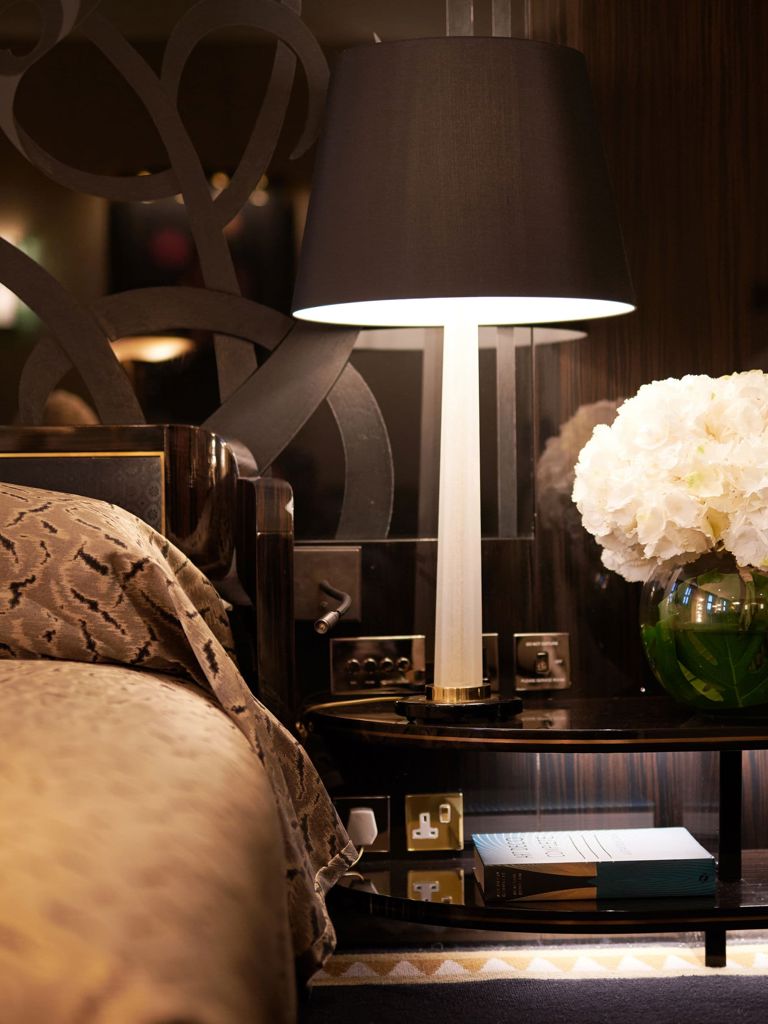
The history of Kensington
Uncover the milestones that shaped Kensington into the cultural and historical hub it is today.

Uncover the milestones that shaped Kensington into the cultural and historical hub it is today.
Contained within a trio of historic buildings in the heart of London’s fashionable Kensington, the Milestone is something of an undiscovered hospitality gem for many, but once discovered the hotel is never forgotten.
Discover more